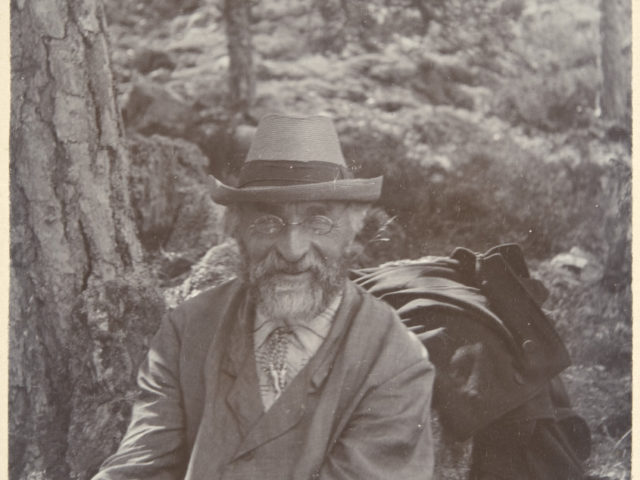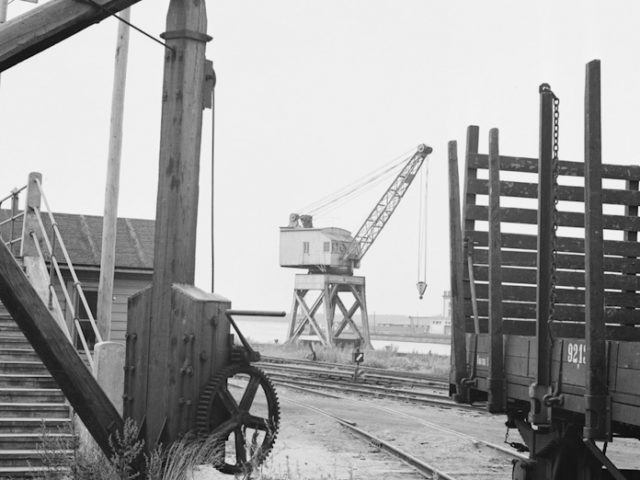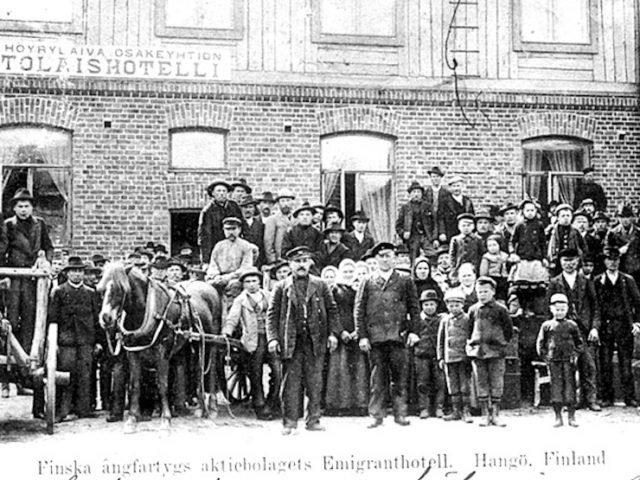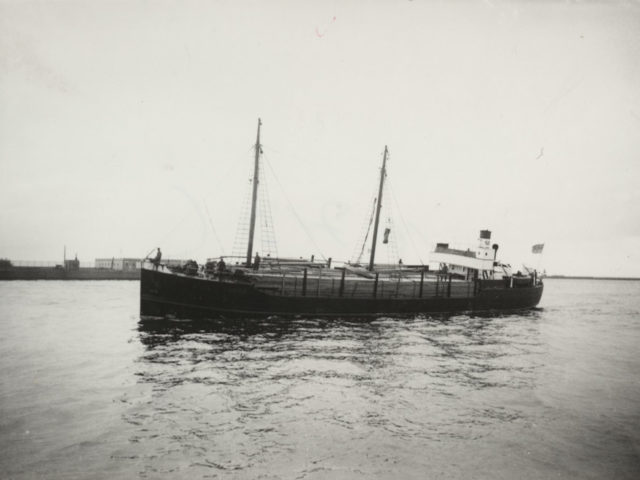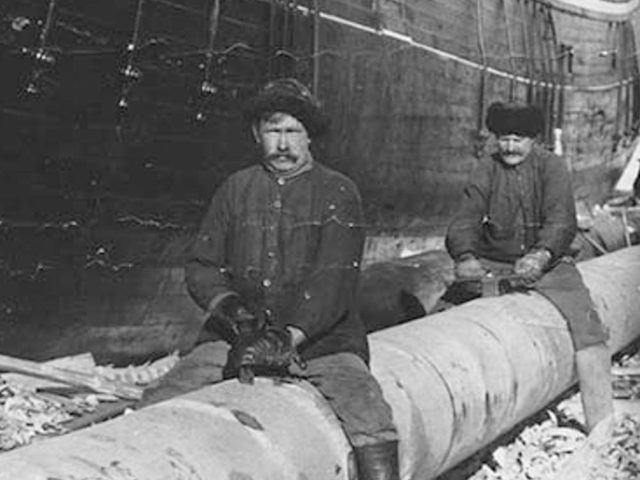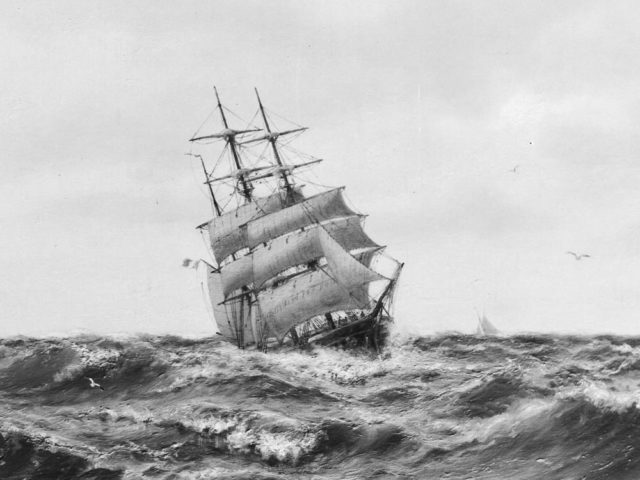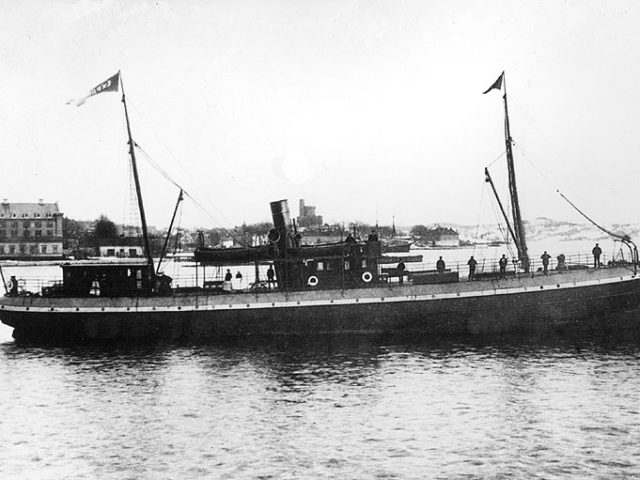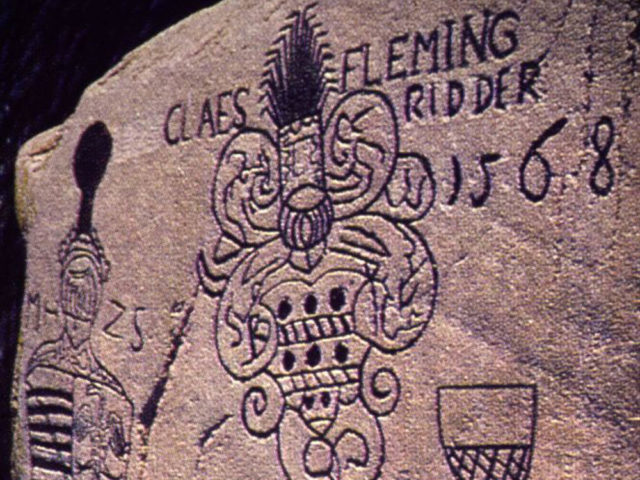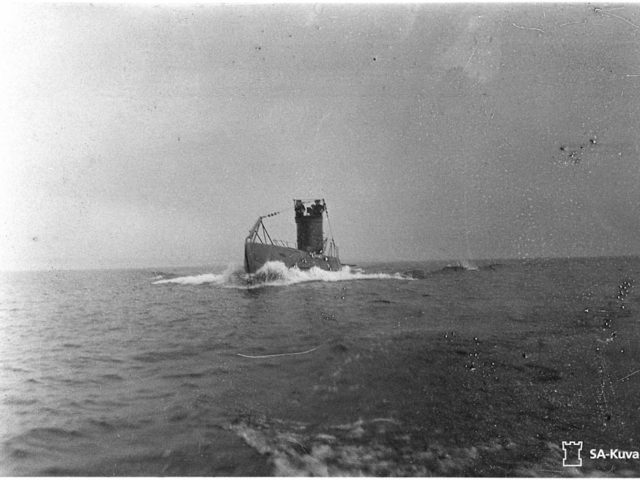The zoological station in Tvärminne was founded by zoology professor Johan Axel Palmén in 1902. His goal was to establish a marine field station in an area with a diverse environment and thus good opportunities for research. After his death, the position was transferred to the University of Helsinki as a testamentary donation in 1919.
View moreHangon sataman vanhin säilynyt nosturi otettiin käyttöön heinäkuussa 1911. Ransomes & Rapier Ltd Lontoossa toimitti osat ja insinööritoimisto Zitting & co Helsingistä kasasi sen. Nosturi on peruskorjattu vuonna 2020.
View moreHanko was the most important departure city for emigrants at the turn of the 19th and 20th centuries. About 250,000 Finns left in search of a new life through the port of Hanko. Accommodation capacity has always been a problem in Hanko, and at the beginning of the 20th century there were especially many immigrants in Hanko who stayed here for a night or two before continuing their journey through England to the United States. Suomen Höyrylaivahtiö, which was responsible for the emigrants' journey from Finland, decided to build an emigrant hotel on the Boulevard in 1902.
View moreOn the dark and rainy evening of October 1957, the motor ship Asa Finn, which was sailing in coal cargo, got lost on the fairway west of Hanko and crashed into the rocks. The mainings of the passing ships rocked the ship and Asa Finn began to fill with water. Captain August Route drove the ship to the nearest shoal where it sank between Lilla and Södra Klippingen. Asa Finn was just one of the names of the ship. During the Prohibition Act, the ship chartered relief for the thirsty from the southern neighbor and it was known by the nickname Pirtu-Veera. The ship was built in 1918 in Norköping, Sweden and was baptized in Wera.
View moreAll strata of the people took part in the old-time celebrations. The story is from Sara Wacklin's book "Hundrade minnen från Österbotten" from 1844.
View moreBefore telephones and satellites, messages were transmitted loosely and on many roads. If nothing was heard, what was thought or feared to be true was read. The story is from Sara Wacklin's book "Hundrade minnen från Österbotten" from 1844.
View moreThe steamship Express has a legendary place in Finnish history. The Express was built at Oskarshamn Shipyard in Sweden in 1877, and the ship was ordered by the Finnish company Finska Transito Ångbåts. It was 42.4 m long, 6.9 m wide and 3.5 m deep, with a top speed of 10.7 knots on a 400-horsepower engine. In open water, the journey from Hanko to Stockholm took 17 hours.
View moreWhere in Hanko or in Finland can you see the names of so many famous people as in Hauensuo? In the 16th and 17th centuries, sailors have left their mark on the rocks of this natural harbor, waiting for better winds. There are more than 600 carvings here, either as names or family coats of arms. Listen to Hauensuoli - the story of Hanko's guestbook. Hauensole became a natural harbor in the 15th century when…
View moreThe watershed is a submarine launched on 10.5. 1933 in Turku. Until 1936, the boat was only named CV 707. The Dutch engineering firm Ingenieurskantoor voor Scheepsbouw had ordered the vessel in October 1930 as a prototype commercial submarine. The Finnish state bought it in 1936, and it was named Vesikko.
View more
